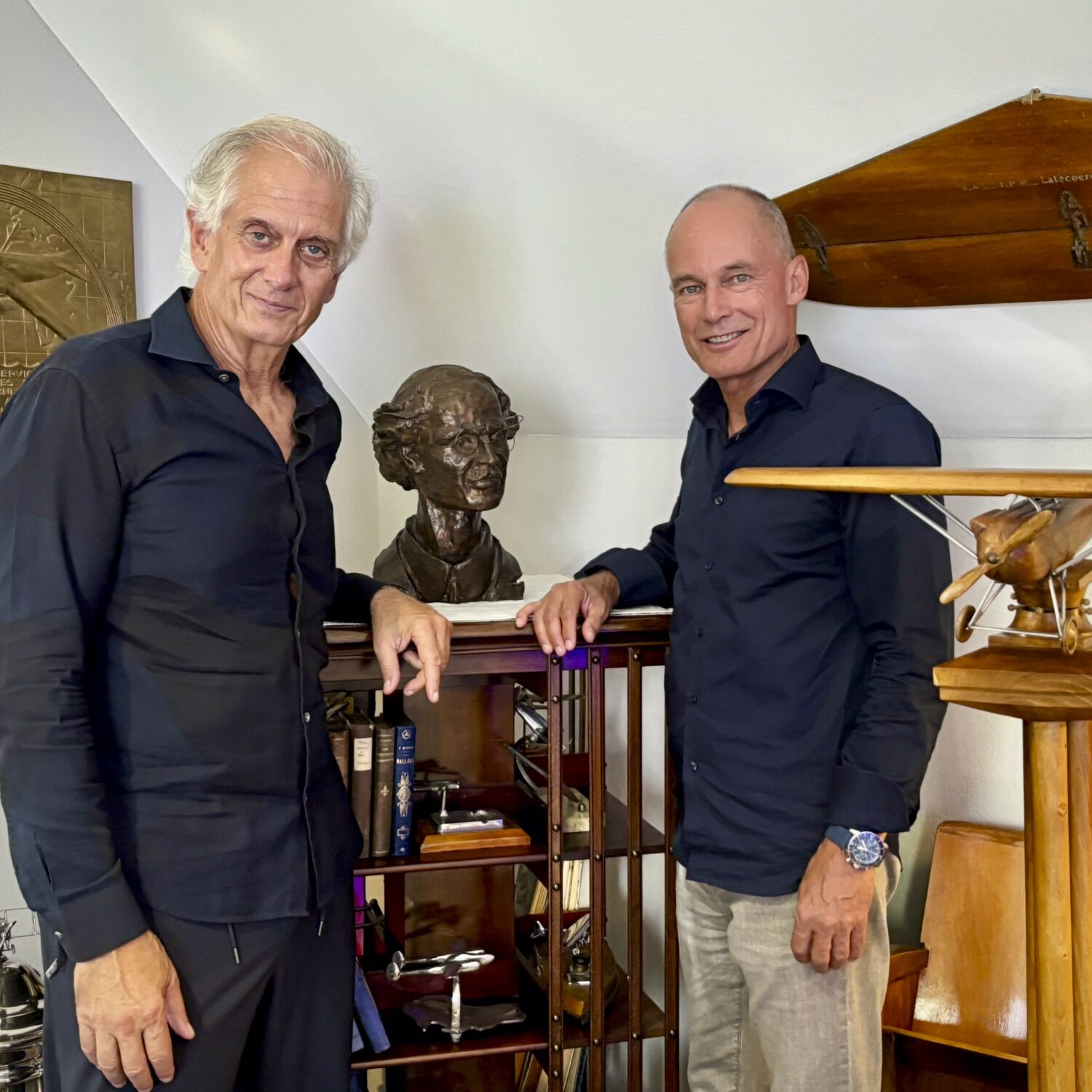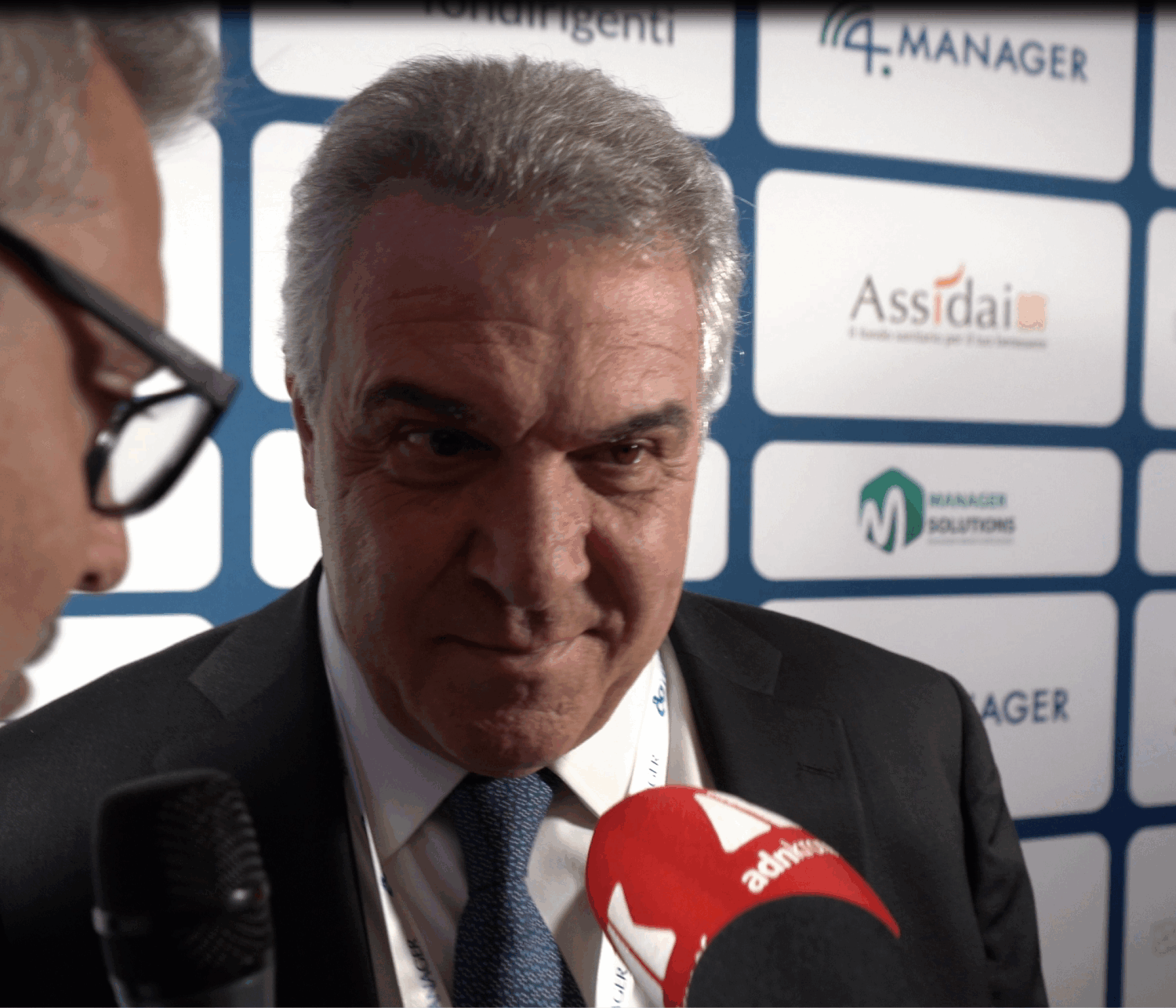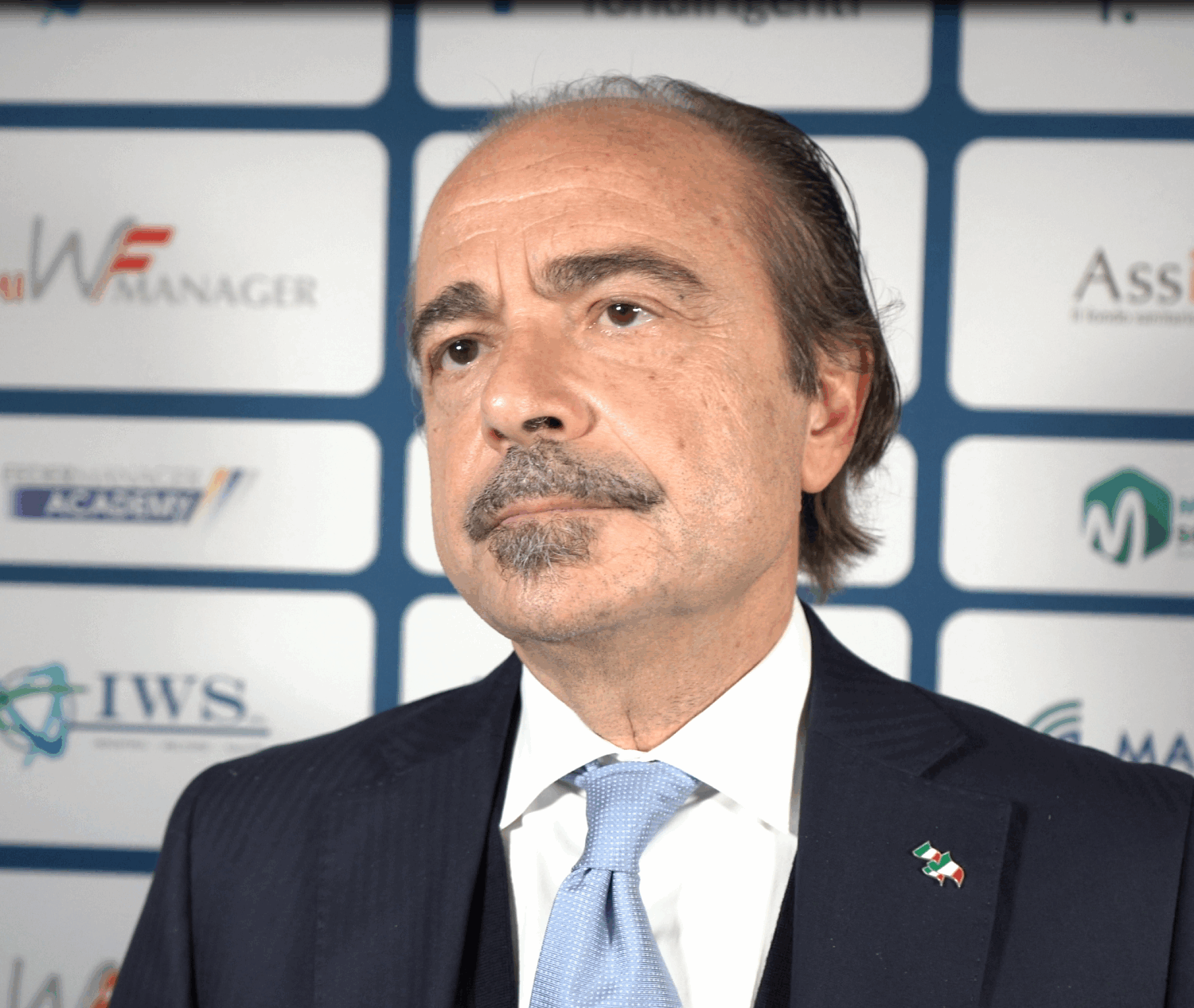Massimiliano Finazzer Flory is on tour in the USA with the projections of the docufilm he directed “Il Mecenate”, produced by the Foundation Augusto Rancilio. The screenings take place in Miami, on 3 November at 7 pm at the Italian Institute of Culture, and in Washington, on 5 November at 6.30 pm at the Italian Embassy in collaboration with the Farnesina. In this interview, Finazzer anticipates his next film “Operation Batiscafo Trieste”, where he tells the company of Batiscafo Trieste and of which he will complete his film in Washington these days.
What prompted you to tell the story of Batiscafo Trieste today, more than sixty years after the company?
The need for truth, to give voice to pioneers, to devote justice to an enterprise still to live and see. Because there are two companies. That of June 23, 1960 when you touch the 10,916 meters on the bottom of the ocean sea and on September 29, 2026 when in Trieste the perfect and poetic reconstruction of that batiscaph appears triumphantly.
What was the most complex aspect to reconstruct — from the technical or narrative point of view — of a medium like Trieste?
The human dimension. Have the testimonies of those who were there. Return epic and emotions with those eyes of those who lived the primacy. From here to have in the film the sons of the two drivers of 1960 or Piccard and Walsh offers to this docu an international power and a tribute to the desire to explore irreducible to man, almost a vocation. How to say there is the Batiscaph and there is still, but these are the ideas and men who make the inverosimile possible.
Bertrand Piccard participates in the project: What kind of comparison has he created with him and how much familiar memory has influenced the narrative?
Moving to dive from fathers to children. It seems that time has not passed that the spirits of this story are there to talk to me asking to do more on the planet, to descend also us under the surface of reality and return to a science that seeks peace, not war. Bertrand Piccard is the testimonial of a “you can do and immediately, better for the world”.
An environmental reflection emerges in the film. Do you think that the history of Trieste can today talk about sustainability and protection of the sea with the same strength as before?
More. I filmed the film between the waters of Trieste, Monfalcone, Castellammare di Stabia, Capri and Ponza until the river ones of Washington. The sea is the same, we as well. The environmental challenge is not ideological. Nature is still our teacher of life who, as Leonardo da Vinci suggests, awaits our art that is experienced. This Italian docufilm on the underwater thanks to Armundia our partner is a green platform where to meet ethics and emotions and communicate that the technology, of which we also use and always the cinema and therefore the culture is at the service of our dreams, I mean those with open eyes.
She has often worked on figures that dialogue art and science – such as Galeazzo Arconati, the protagonist of her “The Patron”. Is Trieste also a symbol of this meeting?
Yeah. Beauty seekers. I think symbolically, therefore, I am incomplete by nature. From here we want to propose living narratives not simple stories of the past. And mythology is eternal energy and alternative whose fiction is more true than other official truths. Isn’t that the cinema as art? I must thank the Augusto Rancilio Foundation for supporting me to give voice and face exactly to this meeting on “myths” in order to make these biographies starting points of a new and different cultural diplomacy to keep together Italy and the United States on the values of art and technique.
In the film we perceive a link with the historical memory of the city of Trieste. What relationship did you want to build between the city and its scientific legacy?
Without the crazy and happy vision of Giorgio Rossi, not only councilman of the Municipality of Trieste but great man of enterprise, we would not be here to remember that everything has its own home. Every arrival has its departure. The Batiscafo Trieste is so called because the inventors the Piccards had from Trieste Diego de Henriquez and from this territory freedom of research and realization… This film is the recognition of an expected give back for more than 60 years.
If the Trieste message should be synthesized for the new generations, what would it be?
That we are made of water, that in it lies the secret of life… that only descending under the surface of the sea is the depth of man and his mystery. In other words science and spirituality can produce something more powerful than their sum. In every drop of water there is already the whole sea and the latter, as Jules Verne taught us, is the infinite living.
L’articolo Massimiliano Finazzer: a docufilm to tell the Trieste, between memory and science comes from IlNewyorkese.






